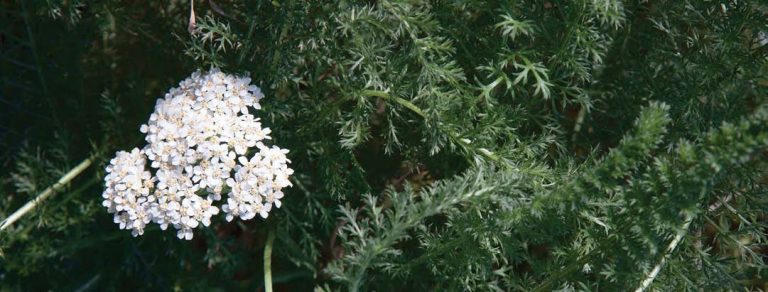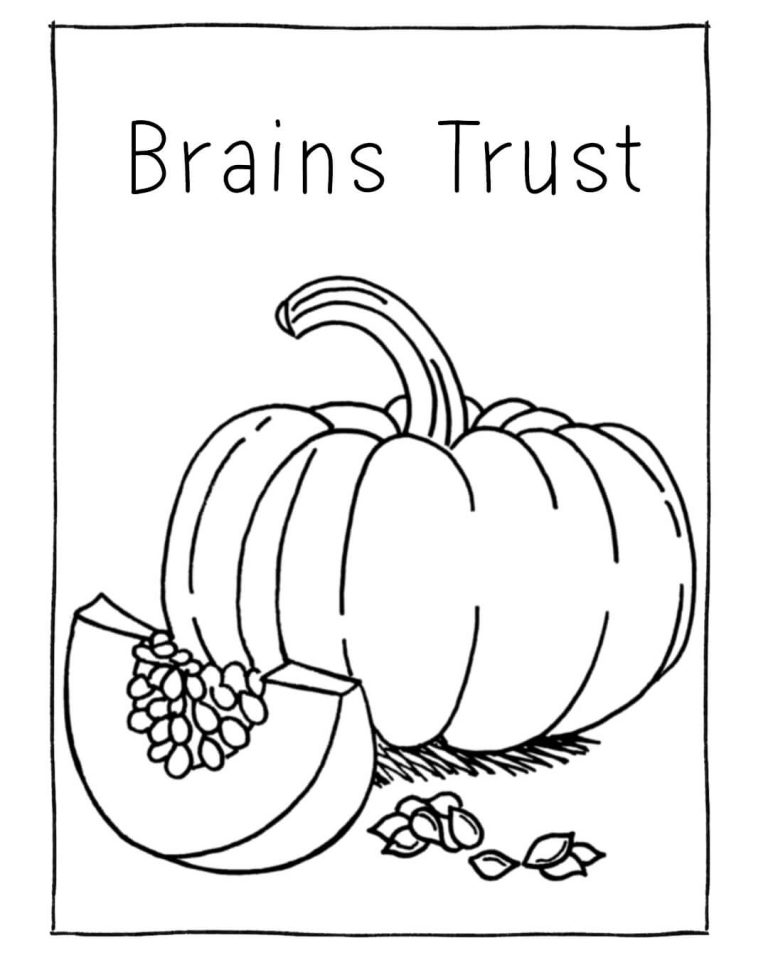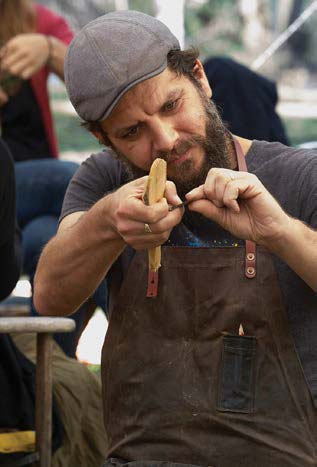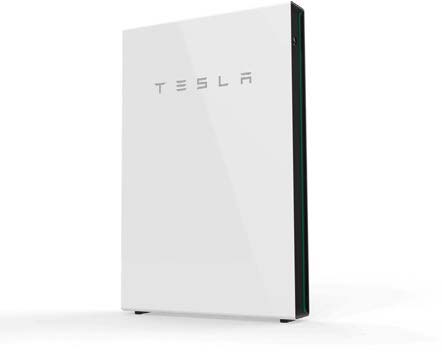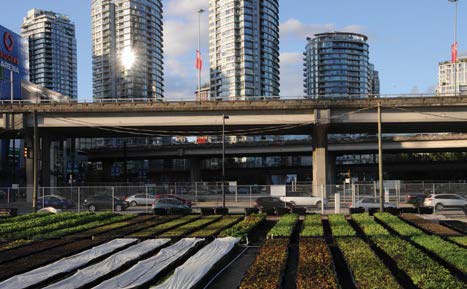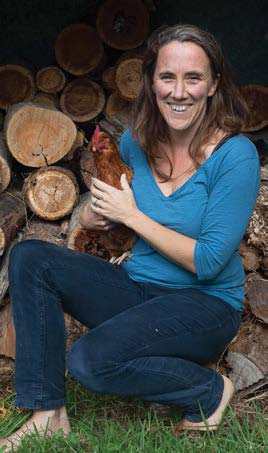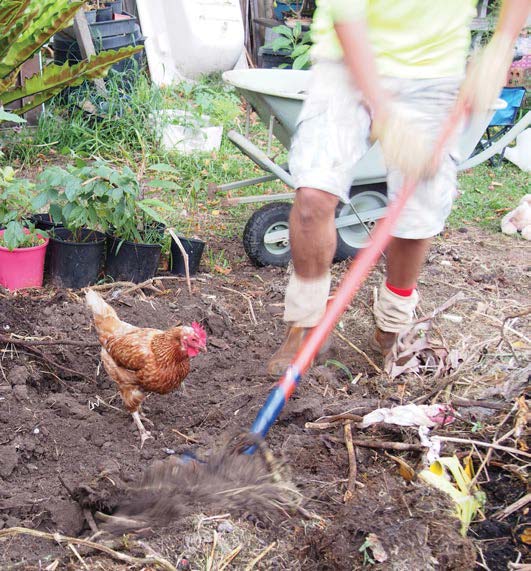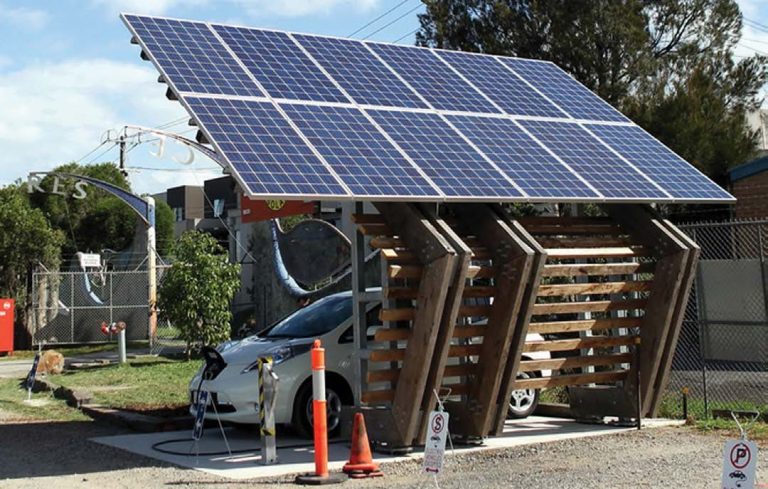Permaculture Animal: Japanese Quail
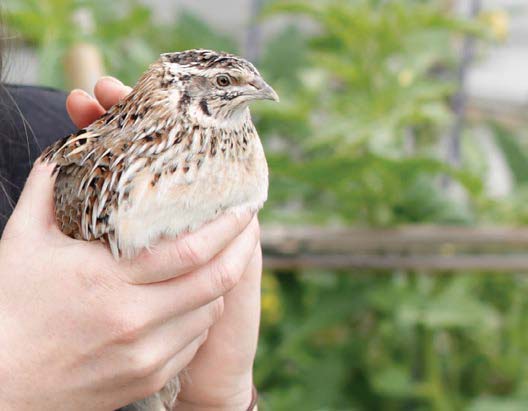
Japanese quails Coturnix japonica are an alternative in urban areas, where space and noise constraints may rule out backyard chickens. Quails will provide you with fresh, golden- yoked eggs from even a tiny space. You’ll also get pest control, fertiliser and compost making services.
Feed And Housing
Housing could be a walk-in aviary or a low cage, but must be completely dog, cat and fox proof. Quails prefer to simply sit on the ground at night rather than roost, and – at least in Melbourne’s climate – they need little special care other than summer shade, and protection from wind and rain. They will lay their eggs anywhere in the run so it’s an Easter-egg hunt every day!

